dog

COVID-19-Infected Man Transmits Virus to Pets Cat and Dog, Is This Human-to-Animal Transmission Caused By a New Variant?
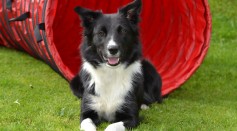
Blind Dog Declared a Medical Mystery for His Skill at Obstacle Courses Despite Underdeveloped Retinas
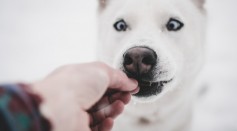
Dog Behavior: Study Reveals How Man's Best Friend Can Distinguish Humans' Intentional Acts From Unintentional Ones
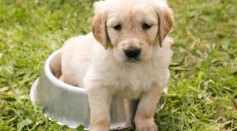
Arteriovenous Fistula: Here's What You Should Know About the Condition Your Dog May Experience
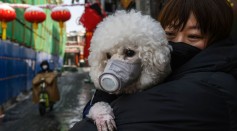
Coronavirus Similar to Human COVID-19 Causes Mysterious Outbreak of Vomiting in Dogs
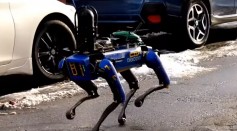
Robotic Dog Caught in Action While Clearing Crime Scene in Bronx
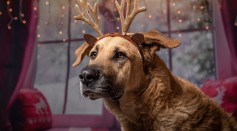
Does Your Dog Howl Each Time You Sing a Christmas Carol? There's an Instinctive Reason for It
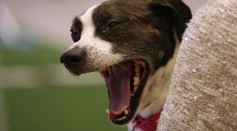
Long-Term Impacts of Yelling at a Dog

Loyal Dog Waits for Owner Who Died of COVID-19 for three Months at Wuhan Hospital
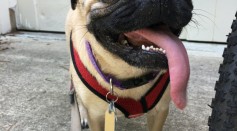
Winston the Pug is the First Coronavirus Positive Dog, According to Research at Duke University
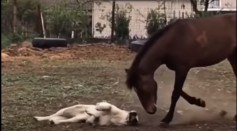
In Sync: Dog and Horse Share a Common Language During Play
You Can Teach an Old Dog New Tricks, But You Can’t Clean Up Their Drinking Habits
Most Popular

How Technology Is Changing the Real Estate Industry?

How a Plant-Based Diet Can Protect Against Breast Cancer: Insights from Nutrition Research

Study Reveals High Turnover in Scientific Research Careers: What This Means for Future Scientists

Why It's So Difficult to Lose Weight: The Biological Explanation Behind Obesity






